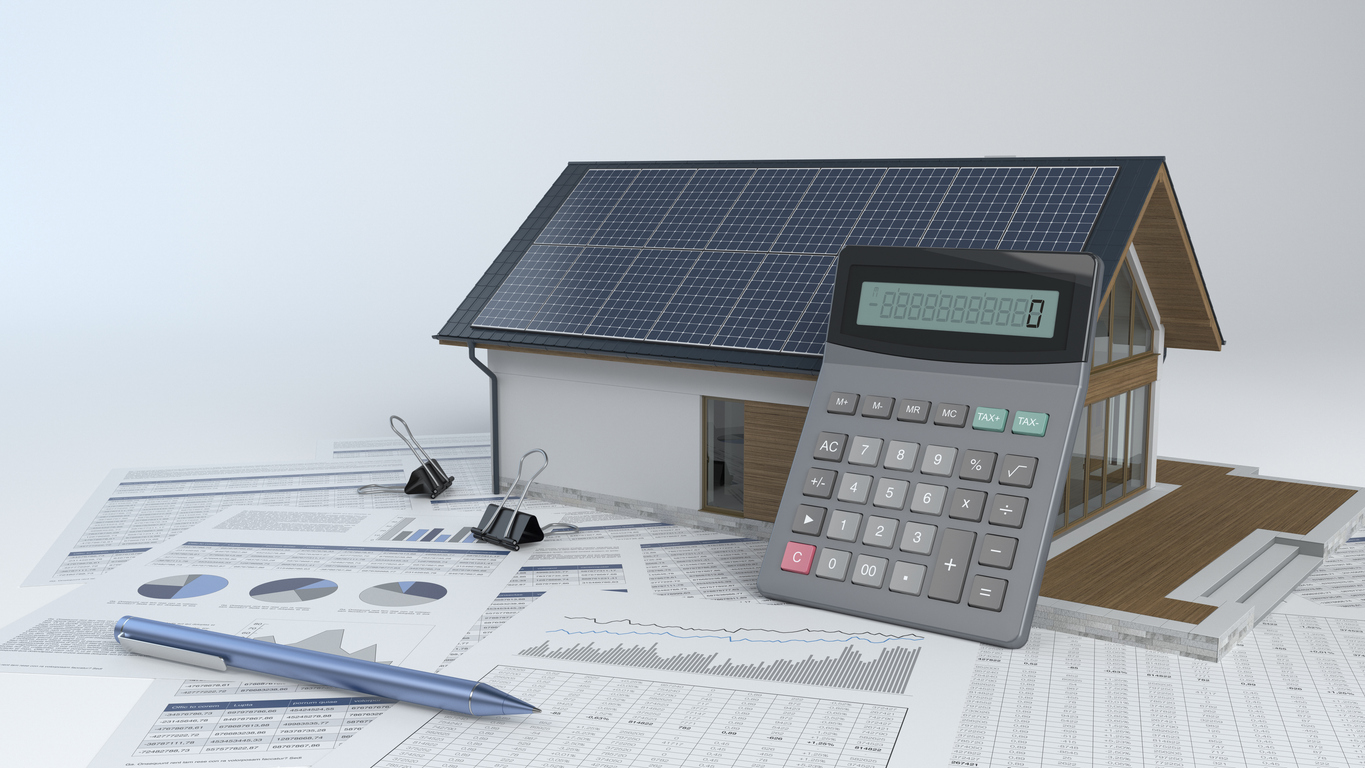
Where Credit is Due (More Power to You blog)
Where Credit is Due (More Power to You blog)

OK, it’s time to shine some light on an unfamiliar term. What’s a “value of solar rate” and what does it mean for a Longmont customer with solar on their roof?
If you’re a regular reader here, you might have seen the term in an earlier blog, where we discussed some proposed updates to Longmont’s solar policies for 2025. Most of them are pretty straightforward, like being able to install more solar at your home or business or paying 66% less to participate in the Renewable Power Purchase Program. (No, that’s not a typo.) But value of solar is a newer term that may need a little more explanation.
When an LPC customer has solar, they sometimes generate more energy than they use and send the extra back to LPC’s electric grid. When this happens, LPC gives the customer a bill credit they can use against future bills. Right now, solar customers get what’s called a retail credit rate, meaning that the electricity LPC buys back from these customers goes for the same retail price that LPC charges for power.
But that’s actually a distinct markup since LPC usually pays wholesale rates for its electricity. The difference between the wholesale cost and the retail cost becomes a subsidy to solar customers paid by the rest of the community. And if it’s kept at the retail rate, that ends up costing our non-solar customers almost $2 million over the next 15 years.
That said, we still like to encourage locally based solar, both because it’s better for the environment and because it doesn’t have to be transmitted long distances over power lines. So that’s why many utilities nationwide, including LPC, are implementing value-of-solar rates … higher than wholesale, lower than retail, and still compensating solar customers for the benefit they bring to the community.
There’s one big exception to that change in Longmont. People who already have solar installed will keep their current credit rate until 2040. About 75% of our customers with solar panels added them within the last five years, and we know those systems may have been planned and financed based on the retail rate.
You can find out more by checking out the proposed ordinance. And if you’d like some ways to bring down the amount of energy you use even more, don’t forget to check out our friends at Efficiency Works and the energy-saving devices available at the online Efficiency Works store.
You just might warm to the possibilities.
